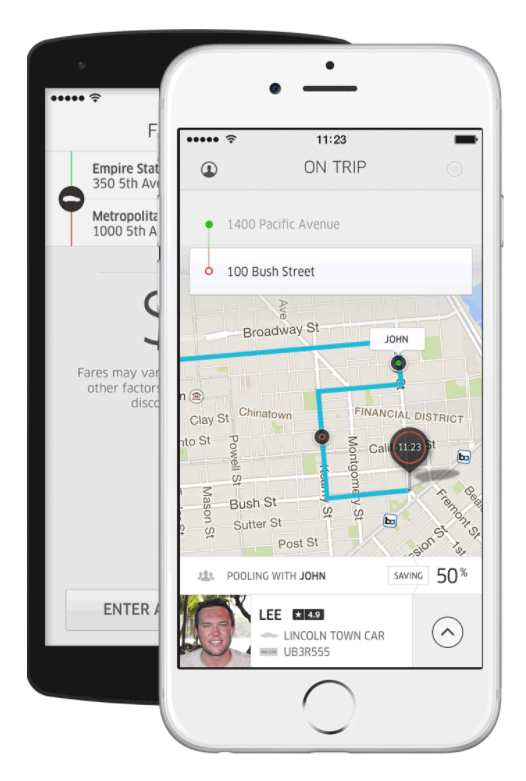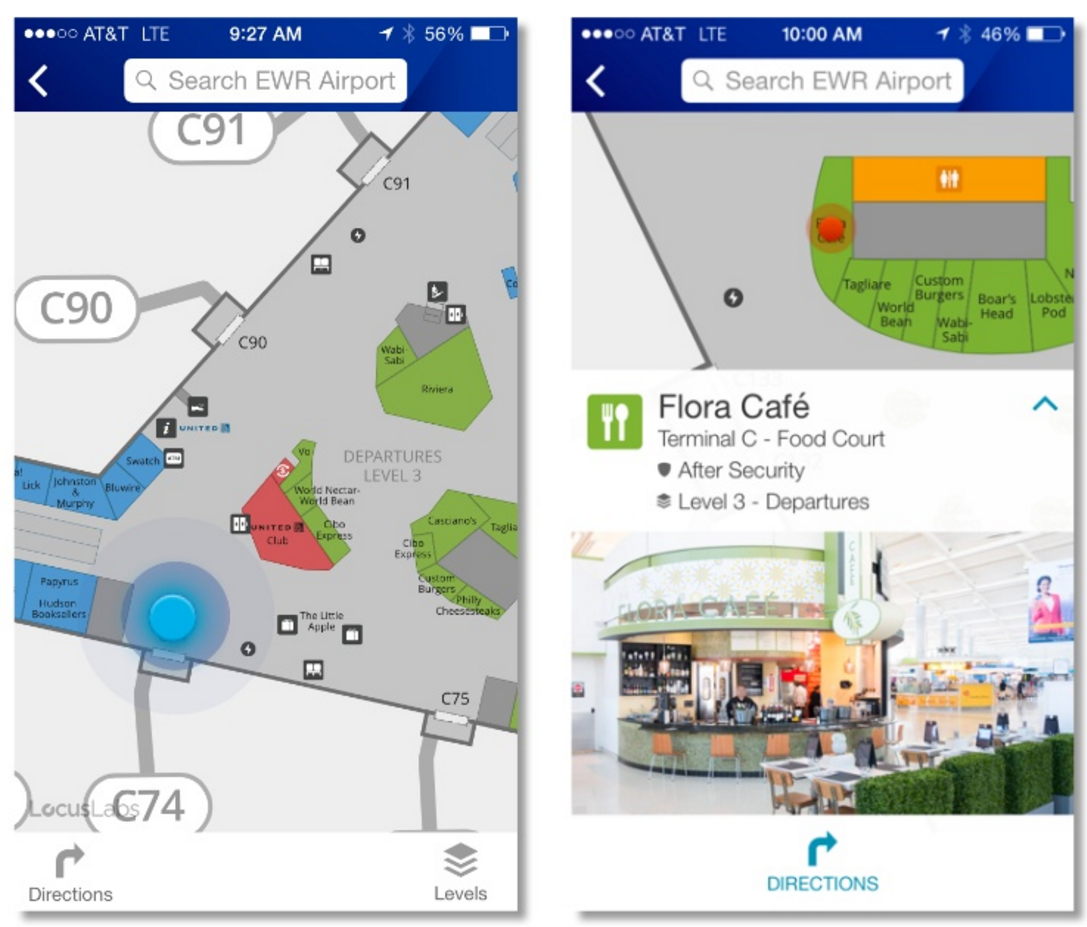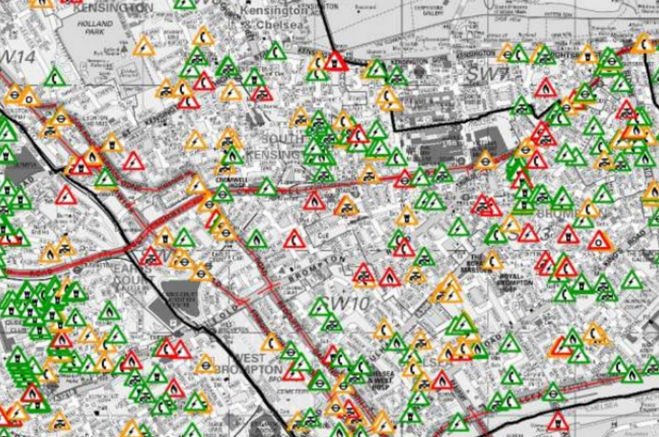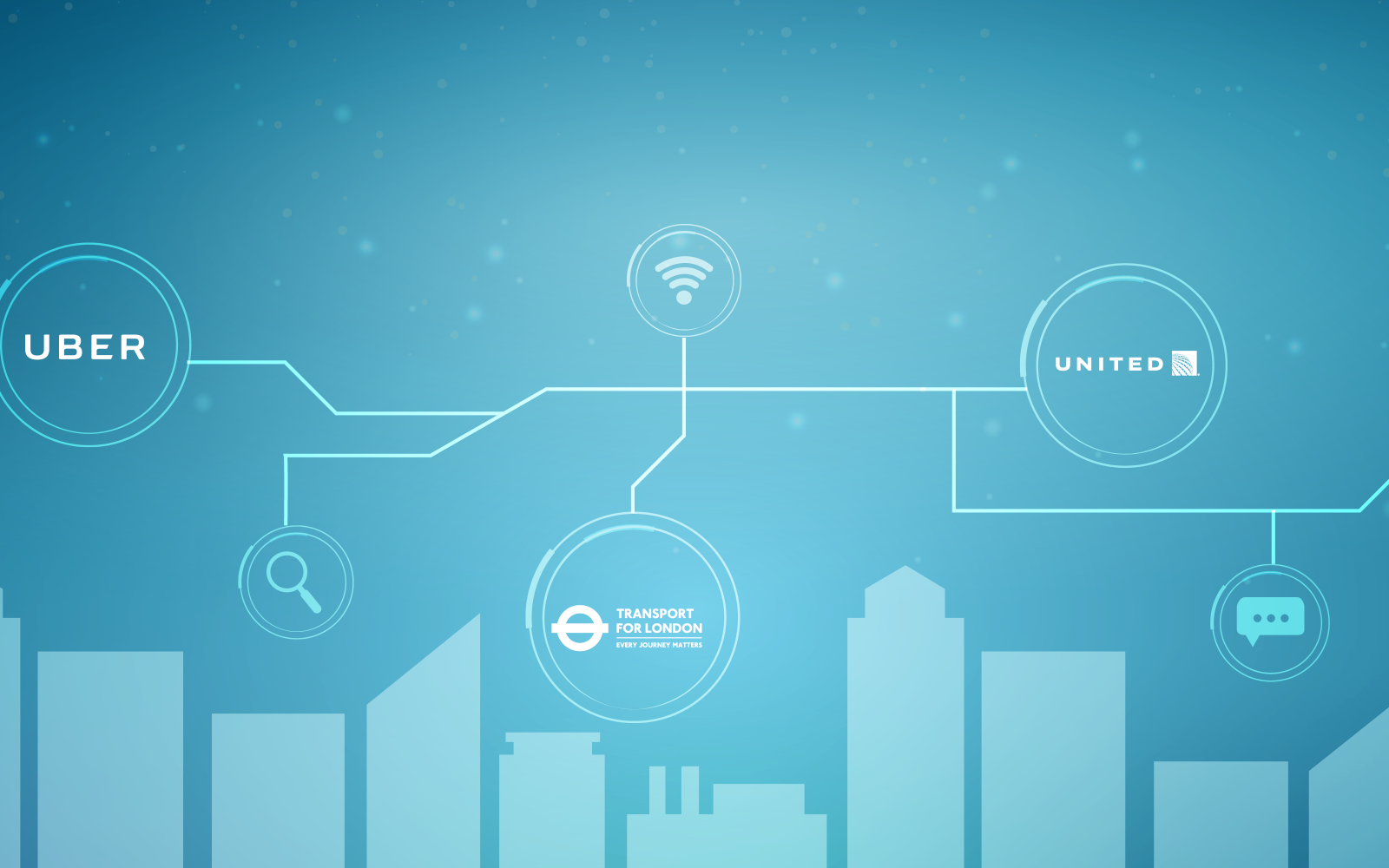Nowadays, there are a lot of companies to be willing to use Smart Analytics to improve the performance and productivity of their organizations. Big Data is a reality, and the time has arrived to take advantage of it. WSO2 Data Analytics Server (WSO2 DAS) is a powerful data analysis Open Source platform that provides Smart Analytics functionalities that your company needs for its digital transformation.
WSO2 DAS is capable of analyzing data flows in real time. This data analysis platform is capable of analyzing a continuous stream of data, process complex situations, and automatically learn, which will help us to understand situations, measure impacts, identify patterns, and react in real time. WSO2 DAS is capable of processing millions of activities in a matter of milliseconds, making your company smarter in order to be more profitable.
“WSO2 DAS is capable of processing millions of activities in a matter of milliseconds, making your company smarter in order to be more profitable. “
The application of Smart Analytics by companies is generating great stories of business success, such as the three cases we will discuss below: Uber, United Airlines and Transport for London. We will constantly see success stories in Retail, but these three success stories are a good example to show Smart Analytics is capable of improving service and the business model of any sector. In this occasion, we will see success stories of three companies in the transportation sector that are moving toward smarter business models, literally.
-Smart Analytics as the next step in digital transformation and IoT-
3 Smart Analytics success stories
Uber
The Uber private transportation digital platform has been undoubtedly the big disruptor in the transportation industry. In less than eight years, it has already managed to get a foothold in 700 cities of 70 countries across the five continents. This success would not have been possible without a smart data analysis. As they ensure themselves, Uber is a datadriven company.
How does Uber work?
Uber is a platform that gets private vehicle drivers in touch with commuters. It is all managed through a mobile application, which is in charge of offering the user always the best solution in the least possible time. Once the user requests a transport and sets his destination, the application, which has geolocated the user, starts cross-referencing data in order to send the free driver that is closest to the pickup point. At the same time, the application calculates the estimated time of arrival of the driver, as well as the time of arrival to the destination. Based on this information, an estimated price for the service is communicated to the user.

Image: www.uber.com
This was the first service offered by the company; however, implementing WSO2’s technology to manage events and analyze data in real time has allowed them to develop new services. Such is the case of UberPOOL, a service that allows several users to share a vehicle in order to optimize their travels and reduce the final cost. Again, Smart Analytics comes into play, and in this occasion the equation is more complex. UberPOOL identifies those users that want to use this services, and whose routes are similar, so that a single vehicle can transport several users at a time, even if they are located at different points in the city. This service is evidently more affordable for the user, even though his route toward the final destination will probably not be the most direct, since he will have to make stops to pick up other users.
Nowadays Uber is valued at 66 billion euros.
United Airlines
For its part, United Airlines has relied on WSO2 to cover some of its business needs and to improve customer service. United Airlines has developed an app that is capable of geolocating users within an airport. This application is based on the same principles of Google Maps, even though its use is instead limited to indoor spaces. Indoors, the GPS system cannot be used as Google Maps does; therefore, the United Airlines technical staff has had to use a system of beacons connected via Bluetooth in order to locate the user within the airport. Moreover, they were unable to use the GPS system to map the interior of airports. In this occasion, they contacted the company responsible for the development of Google Street View to map the interior and be able to offer all the information to the user.

Image: www.wso2.com
This application points out exactly where in the airport you are located, regardless of the floor you are in, and provides you interesting information about several locations, such as a specific store, or a gate. For the gate, the application indicates its location, heading, distance and the estimated time of arrival.
In addition, this application allows the user to know in real time the delays for check-in or boarding lines. In this regard, United Airlines has decided to go beyond and foresee future delays, whether within two hours or two days. As a result, users will be able to plan their trip more time in advance.
The use of this system involves a significant amount of data; the system is capable of generating over 360 million pieces of data in a single day per airport. In order to process this entire volume of data, it is important to define from the very beginning an architecture that is capable of managing that much information in a smart way, which made using WSO2’s Smart Analytics essential.

Other applications that are working on are, for example, a system to request wheelchairs that is based on the same basic principles of Uber. They are also developing the necessary software so that in case a user needs to make a stop, the application automatically shows the departure gate, its location, and the time of arrival. As we can see, United Airlines is working hard at improving the user experience of travelers.
-Smart Analytics: Benefits and Features-
Transport for London (TfL)
The implementation of smart data analysis allows TfL to predict, for example, how many passengers will find themselves in a specific train at a specific hour, or how many users will be at a specific station. In this manner, travelers will be able to better plan their schedules and routes. Likewise, Smart Analytics is capable of predicting future traffic 5-10 minutes in advance, allowing for variations in the routes. Transport for London is also capable of analyzing the air quality of each district, encouraging the use of non-polluting alternative transportation such as the bicycle.
– Smart Analytics: Benefits and Features–
Moreover, TfL also has a system which allows it to manage the inconveniences caused by construction work in London’s transportation network, LondonWorks. A network that serves over 21 million trips daily and undergoes 500,000 construction works per year. This system, in operation since 2006, had dissatisfied users, since the application would not solve or mitigate the inconveniences construction work implied for the users of this transportation network.

Image: www.wso2.com
WSO2 helped TfL build a system that would help interpret all the information, coordinate construction work in London, facilitate access to metrics and data, and be capable of finding alternative routes for users. To this end, they required an architecture that could interpret all of the information in an agile way, and which could assist with decision making.
With these three success stories, we place special emphasis on the growing importance of Smart Analytics for businesses, enabling them to analyze efficiently the volume of information available today. If you want to know the best way to monetize Big Data and IoT, in the following e-book we give you the guidelines.





